I. Introduction
Cats spend a significant portion of their lives sleeping—anywhere from 12 to 16 hours a day, sometimes even more. This isn’t just laziness; sleep is essential for their growth, health, and emotional well-being. For kittens, restful sleep supports development. For adults, it restores energy after bursts of play or hunting behavior. For senior cats, it soothes aching joints and keeps them comfortable.
Providing your feline companion with a dedicated bed is more than a luxury—it is an investment in their comfort and long-term health. A good cat bed offers security, warmth, and orthopedic support while also improving behavior. Cats that feel safe in their sleeping spot are less likely to scratch furniture, disturb your sleep at night, or become anxious when left alone.
But choosing the right bed can be overwhelming. With dozens of designs, materials, and features on the market, how do you know which one suits your cat best? This guide will walk you through the main types of cat beds, the key factors to consider, maintenance tips, and practical buying advice. By the end, you’ll be equipped to make a choice that keeps both you and your feline friend happy.
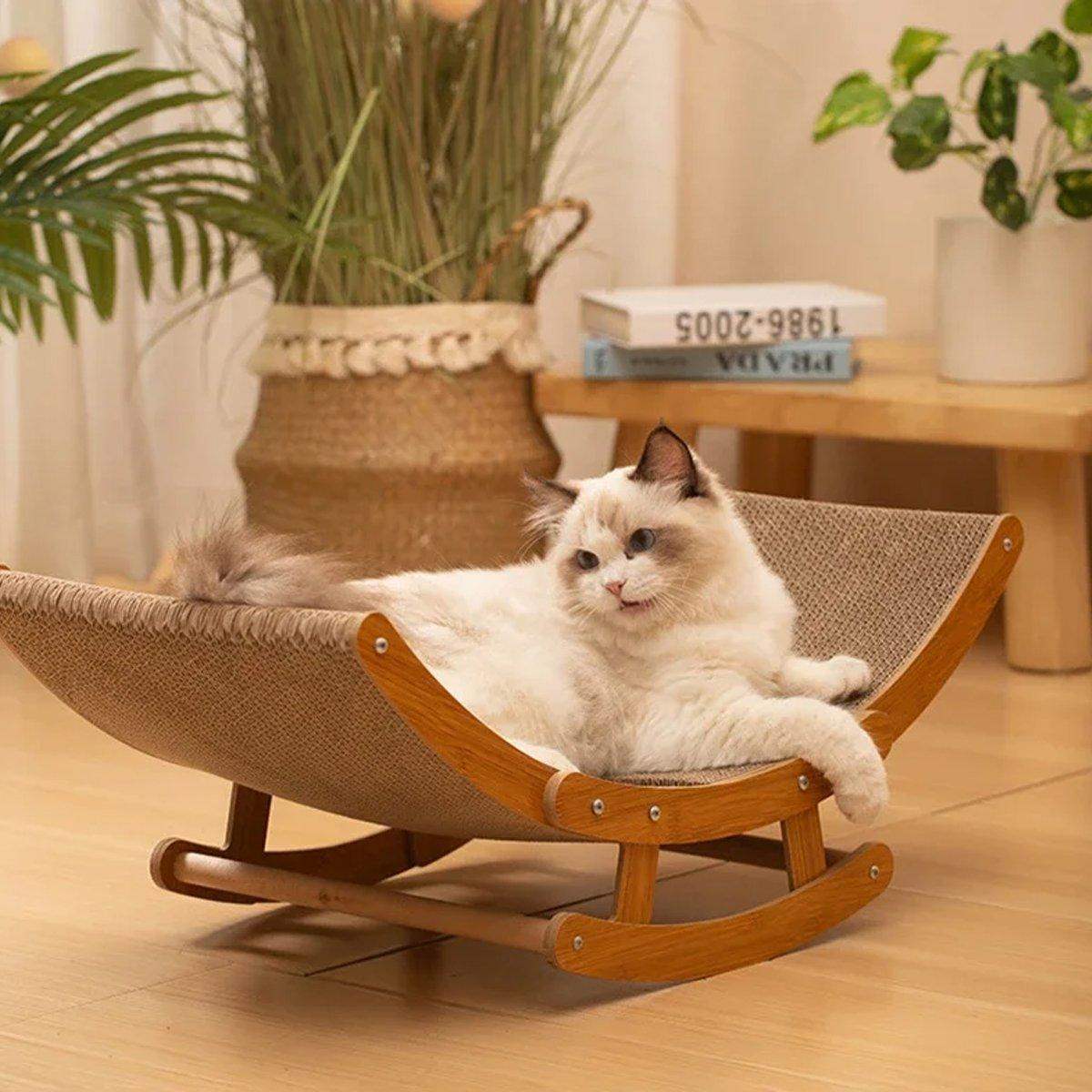
II. Main Types of Cat Beds
1. Open Beds
Open beds are the most common style, often shaped like cushions, pillows, or shallow baskets. They offer a breathable and unobstructed view, which many cats love. The open design allows for maximum air circulation, making them great for warmer climates or cats with thick fur.
- Best for: Cats who are curious and social, as they can lounge comfortably while keeping an eye on their surroundings.
- Advantages: Easy to clean, lightweight, and versatile in placement.
- Drawbacks: Less privacy and warmth, which may not appeal to anxious or easily startled cats.
Open beds often come in plush materials that mimic the softness of fur, encouraging cats to knead and curl up. They are ideal for cats that nap in communal areas of the home, such as the living room or near windows.
2. Enclosed Beds / Cat Caves
Enclosed beds, also known as cat caves, pods, or igloos, provide a cozy hideaway. They are usually dome-shaped or designed like tents, offering cats a space that mimics the security of a den.
- Best for: Shy, anxious, or newly adopted cats who need a safe retreat.
- Advantages: Excellent for cold weather, offering insulation and warmth. Helps cats feel secure.
- Drawbacks: Some cats may find them too restrictive, and cleaning can be trickier depending on the design.
Enclosed beds are especially helpful if your cat tends to hide under furniture. Providing a designated “safe zone” can reduce stress and make them feel more confident in your home.
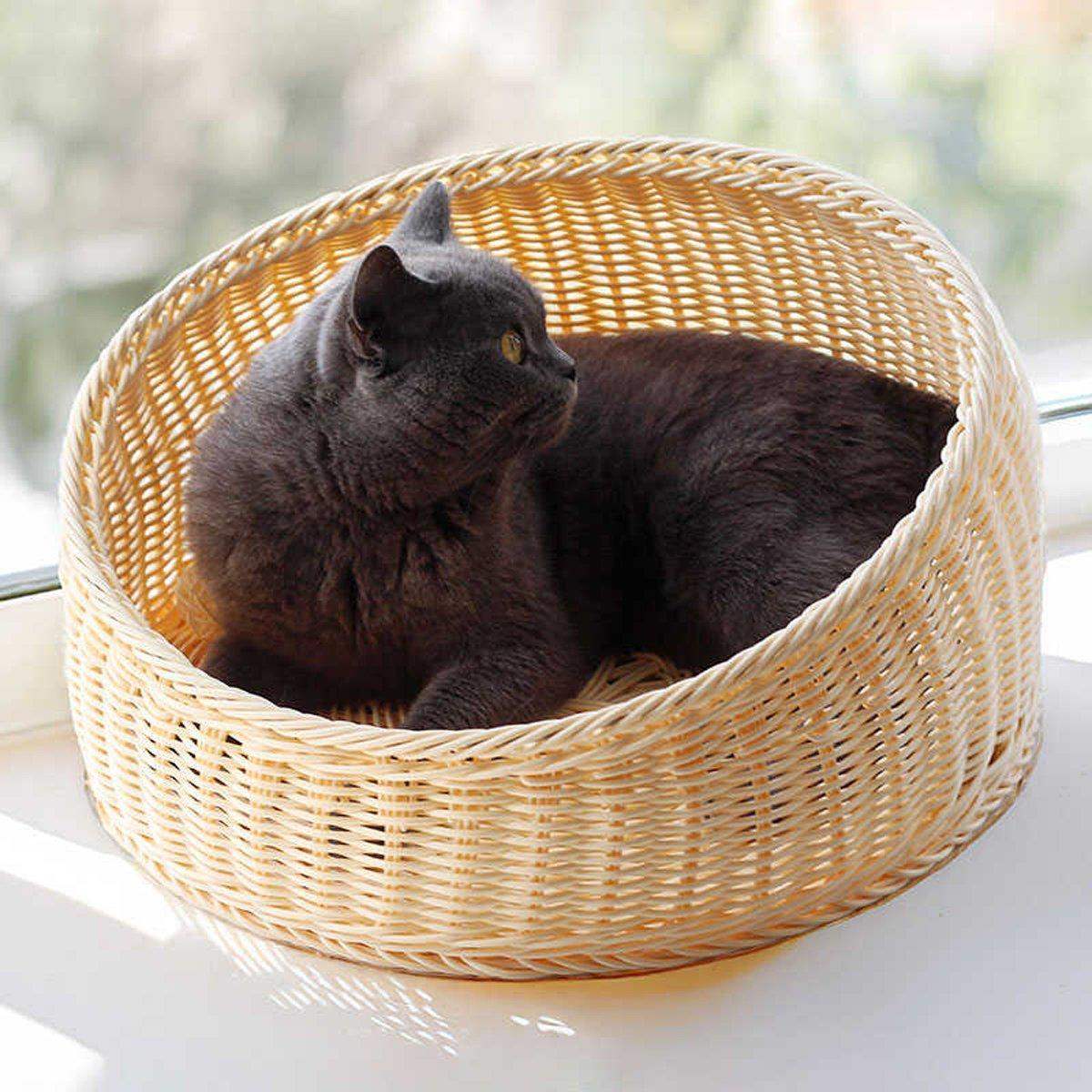
3. Hammocks & Wall-Mounted Beds
If your cat loves climbing or perching, hammocks and elevated beds are an exciting option. Hammocks can be mounted on windows, radiators, or walls, allowing cats to observe their territory from above.
- Best for: Active, adventurous cats or breeds with climbing instincts (like Bengals or Abyssinians).
- Advantages: Space-saving, gives cats a vantage point, doubles as enrichment.
- Drawbacks: Requires proper installation and may not suit elderly or less agile cats.
Wall-mounted beds, when combined with shelves or cat trees, can create vertical playgrounds. Window hammocks also give cats a sunny spot to nap while bird-watching, satisfying their natural curiosity.
4. Heated Beds & Thermal Pads
For senior cats, kittens, or hairless breeds, warmth is a priority. Heated beds and thermal pads use low-voltage heating elements or reflective materials to maintain a cozy temperature.
- Best for: Older cats with arthritis, cats that live in cold climates, or those with minimal fur.
- Advantages: Provides joint relief, reduces stiffness, and helps fragile cats regulate body heat.
- Drawbacks: Requires careful monitoring—overheating is a risk if not designed with safety features.
When considering a heated bed, always check for automatic shut-off functions, chew-resistant cords, and low voltage. Alternatively, self-heating pads that reflect body heat offer a safer, electricity-free option.
5. Multi-Functional or Foldable Beds
Some cat beds are designed with practicality in mind. They can double as carriers, convert between open and enclosed styles, or fold flat for storage.
- Best for: Pet owners with limited space, frequent travelers, or those who prioritize convenience.
- Advantages: Portable, easy to clean, adaptable to different seasons.
- Drawbacks: May sacrifice some comfort compared to plush, specialized beds.
These beds are excellent for households with multiple cats, as you can easily rotate or move them to prevent territorial disputes.
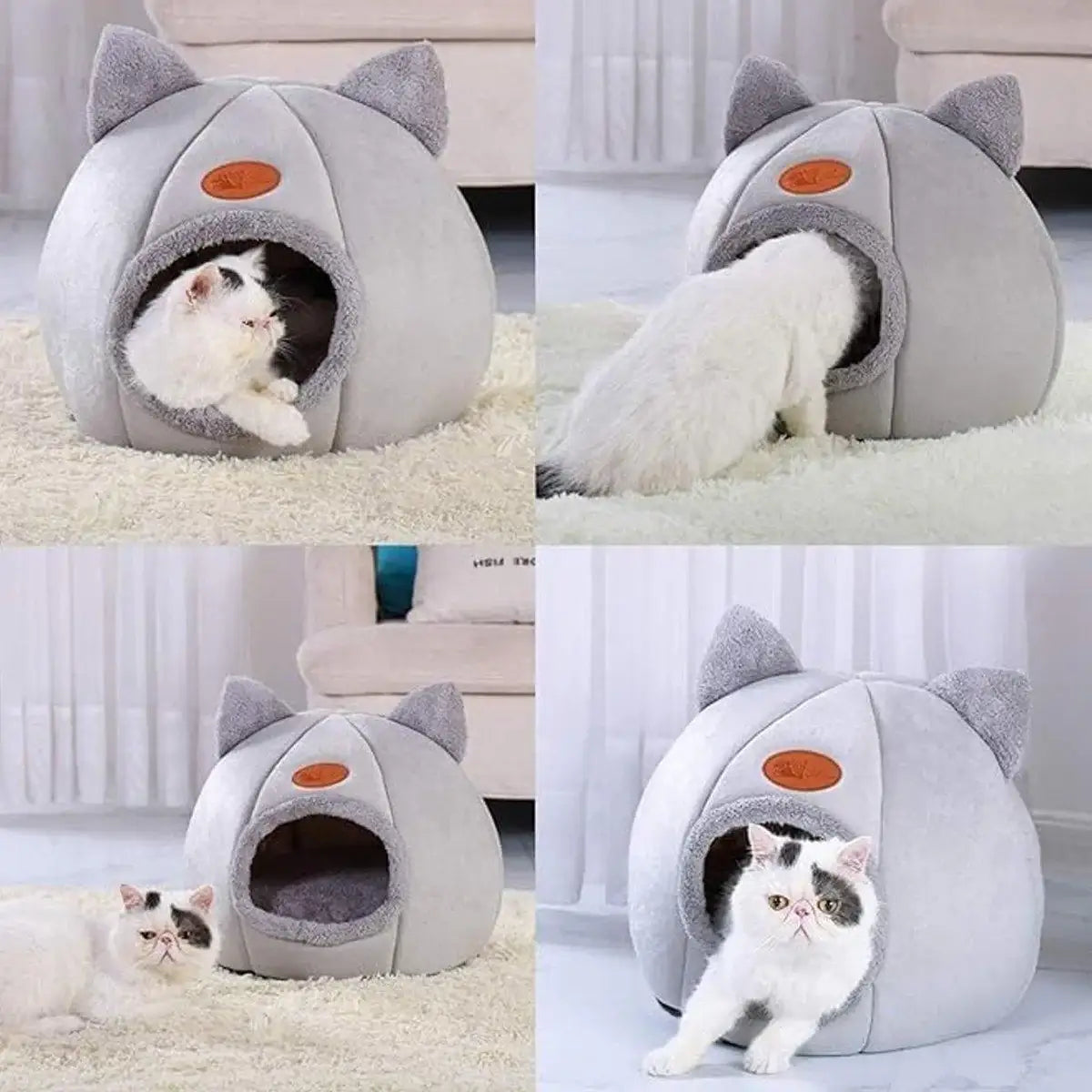
III. Key Factors to Consider When Choosing a Cat Bed
1. Size & Fit
The bed should match your cat’s size and sleeping posture. Cats that like to curl up may prefer smaller, rounded beds. Cats that stretch out need longer cushions. Measure your cat from nose to tail when they’re asleep to estimate the right dimensions.
2. Material & Comfort
Look for materials that combine softness with durability. Plush fabrics encourage kneading, while breathable cotton helps in summer. Beds with non-slip bases prevent sliding, especially on hardwood floors. Washable covers are a must for hygiene and convenience.
3. Safety
Ensure the bed has a stable structure. Avoid fragile materials or designs that could collapse. Check for sharp edges, loose threads, or detachable small parts that could pose choking hazards.
4. Seasonal Needs
Cats are sensitive to temperature. Provide cooling mats or breathable beds in summer and plush, heated beds in winter. Switching between options ensures your cat stays comfortable year-round.
5. Home Space & Placement
Location is just as important as the bed itself. Place it in a quiet, draft-free corner with moderate light. Cats often prefer elevated spots near windows or cozy corners away from heavy traffic areas.
6. Cat’s Personality & Habits
- Outgoing cats may enjoy open beds in living areas.
- Introverted cats may prefer enclosed caves.
- Ground sleepers will be happiest with cushioned mats or baskets.
- Climbers and perching cats thrive with hammocks or wall-mounted beds.
By aligning the bed with your cat’s natural tendencies, you increase the chance they’ll actually use it.
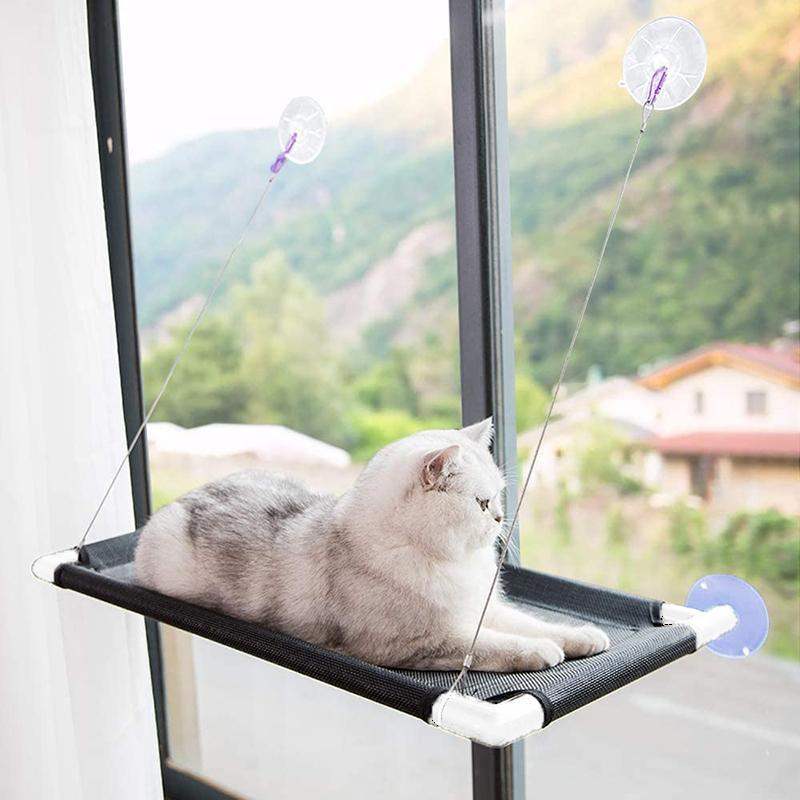
IV. Maintenance & Cleaning
Even the most luxurious cat bed won’t last if it isn’t maintained. Cats shed fur, track litter, and may even knead with claws, causing wear and tear.
- Regular washing: Wash removable covers weekly. For non-removable designs, use a vacuum cleaner or lint roller to remove fur.
- Anti-mite fabrics: Choose materials resistant to dust mites and moisture to protect sensitive cats.
- Odor control: Sprinkle baking soda occasionally to neutralize smells.
- Rotation: Having multiple beds and rotating them prevents overuse of a single bed and extends longevity.
Keeping the bed fresh also encourages your cat to keep using it, as cats are sensitive to scent and hygiene.
V. Practical Buying Tips
- Offer multiple options: Cats can be unpredictable. Providing two or three types of beds allows them to choose their favorite.
- Read customer reviews: Real-world experiences often reveal details not mentioned in product descriptions, such as durability or size accuracy.
- Balance budget and quality: While it’s tempting to buy the cheapest option, a poorly made bed may not last or provide adequate support. On the other hand, the most expensive model isn’t always the best fit. Consider long-term value over initial cost.
- Try gradual introduction: Place familiar blankets or toys in the new bed to encourage use. Cats may take days or even weeks to fully accept it.
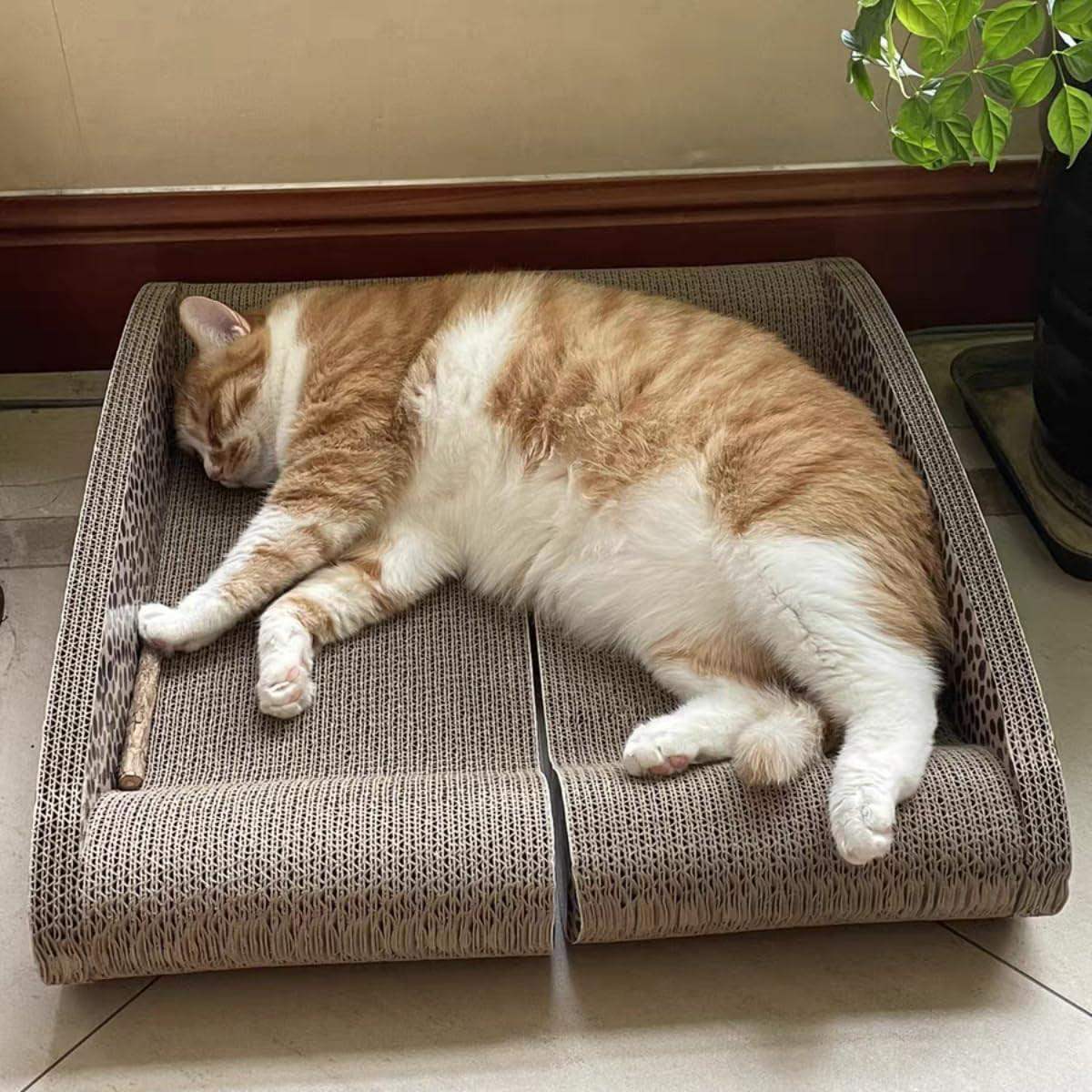
VI. Conclusion
Choosing a cat bed is less about finding the “best” product on the market and more about identifying the most suitable match for your cat’s unique personality, habits, and environment.
A playful climber may thrive with a window hammock, while a shy rescue cat may find comfort in an enclosed cave. Seasonal changes also matter—what works in summer may not provide enough warmth in winter. Ultimately, the right cat bed enhances your cat’s comfort, security, and well-being, while also giving you peace of mind.
Take the time to observe your cat’s sleeping patterns, experiment with different options, and prioritize comfort and safety. By doing so, you’re not just buying furniture—you’re investing in your cat’s happiness and health.

